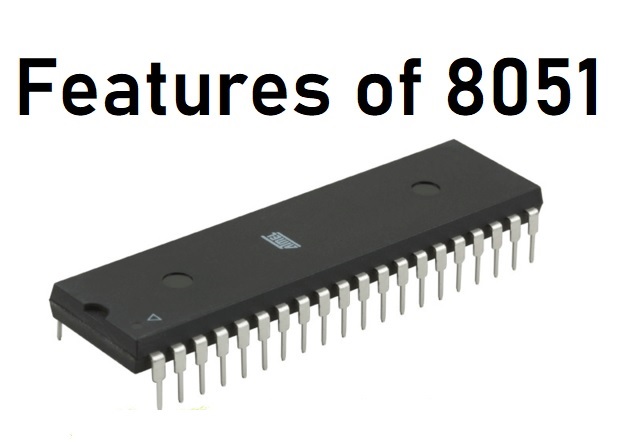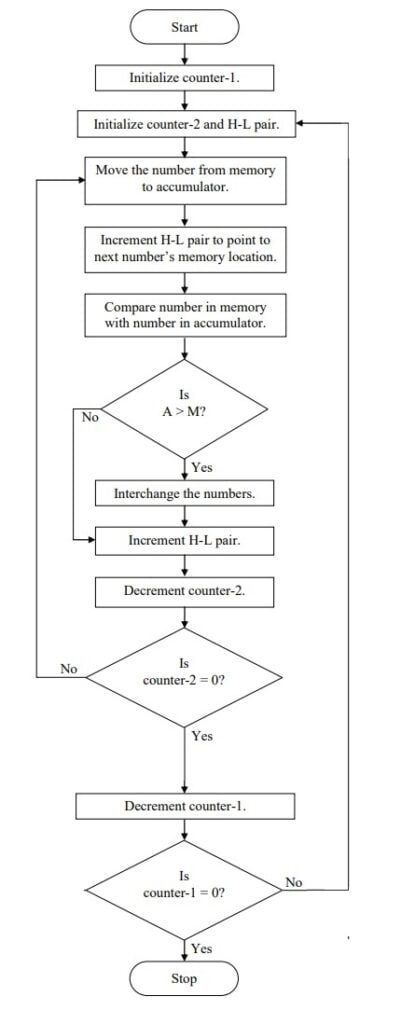Addressing Modes in 8051 Microcontroller
In this article, we will delve into the various addressing modes in 8051 microcontroller, exploring their functionalities and benefits in the programming. One of the key features of 8051 microcontroller that contribute to its versatility is the wide range of addressing modes it supports. Addressing modes determine how the operands for an instruction are accessed, […]






